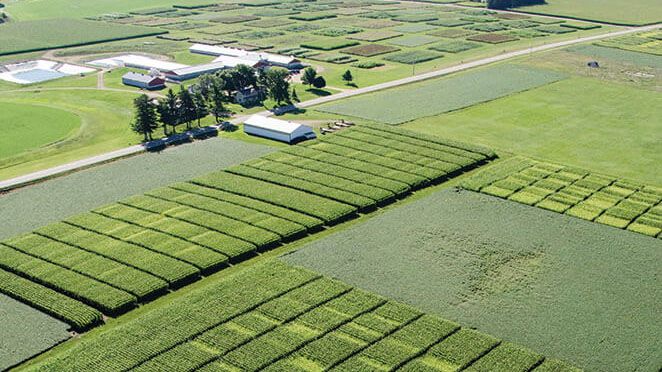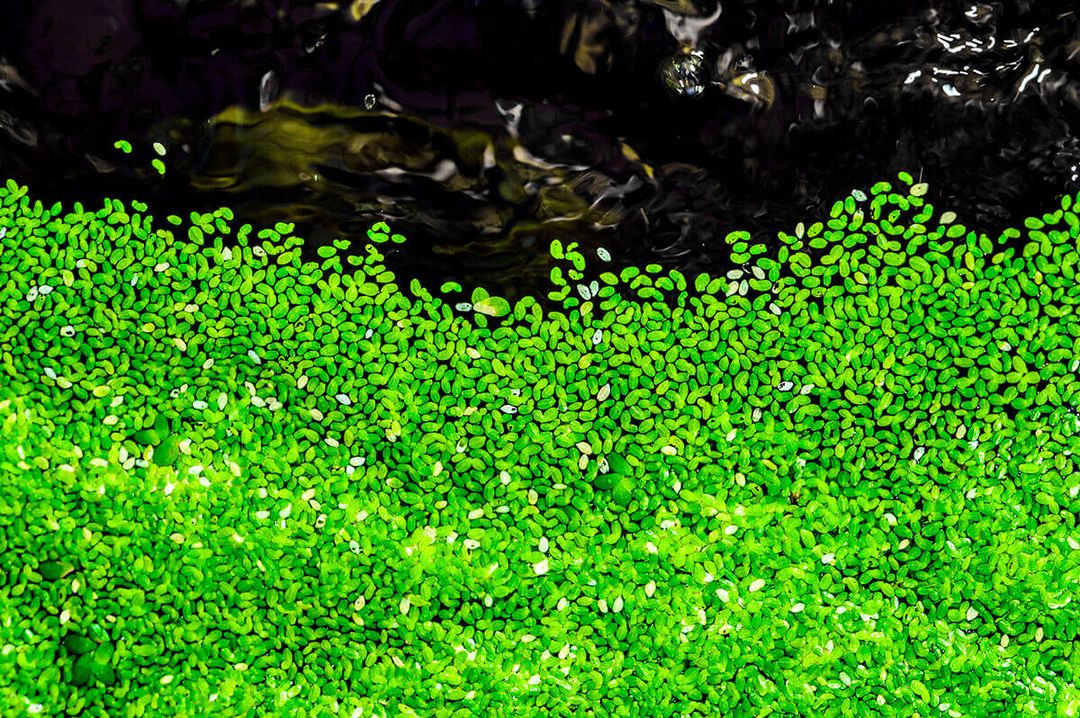UW students and faculty don’t simply rely on soil samples to study best agricultural and conservation practices. Instead, the UW sends its researchers to the source.
Wisconsin’s natural resources are abundantly beautiful and varied. So, to study and maintain the state’s offerings properly, researchers need firsthand access to different corners of the state. The College of Agricultural and Life Sciences ensures this access through its system of 12 agricultural research stations (ARS), with each one representing a unique region of Wisconsin and emphasizing different research priorities. Despite having various areas of focus, researchers at these stations are united in forwarding agricultural practices and preserving Wisconsin’s natural resources in a way that benefits the state’s environment and economy. Here are just five of the ARS that study everything from the well-manicured turf beneath your feet to the sweet cherries in your Door County salsa.
1. Arlington Research Station
Location: Arlington
Acreage: 2,021 acres
Research Focus: Interdisciplinary; an all-purpose research facility for CALS
Quick Fact: In 1955, before the UW officially owned the main swath of land that makes up Arlington Research Station, administrators were already carving terraces and channels into the land to prevent soil erosion and protect waterways.
2. Peninsular Research Station
Location: Sturgeon Bay
Acreage: 120 acres
Research Focus: Fruit agriculture and pest control
Quick Fact: The Peninsular ARS hosts the U.S. Potato Genebank, the world’s largest collection of potato species.
3. Marshfield Research Station
Location: Stratford
Acreage: 1,250 acres comprising two separate farm sites
Research Focus: Dairy farm management; soil and water conservation practices specific to central Wisconsin
Quick Fact: The Marshfield ARS is also home to the USDA’s Environmentally Integrated Dairy Management Research Unit, which is dedicated to ensuring that Wisconsin’s legacy as a dairy-farming state is environmentally sustainable.
4. O. J. Noer Turfgrass Research and Education Facility
Location: Verona
Acreage: 26 acres
Research Focus: Turfgrass varieties and management, including lawns, golf courses, and sod
Quick Fact: Between yards, parks, sod farms, and more, there’s an estimated 300,000 acres of turfgrass in Wisconsin, making it one of the state’s largest crops.
5. Kemp Natural Resources Station
Location: Woodruff
Acreage: 231 acres
Research Focus: Management, conservation, and sustainable use of Wisconsin’s Northwoods
Quick Fact: While still technically an agricultural research station, the Kemp Natural Resources Station departs from the domesticated and cultivated aspects of farm life and takes a walk on Wisconsin’s wild side. It’s one of the last places in the state that allows researchers to study old-growth forests and relatively untouched wildlife.














